The global impact of sand mining on beaches and dunes – Ocean & Coastal Management

Beaches and coastal dunes have always supplied sand for a wide range of uses, and initially the extracted volumes were limited to buckets, wheelbarrows, or small pickup truck loads. However, starting in the late twentieth century, and thanks to urban development, especially for coastal tourism, coastal and river sand has been extracted at an accelerated pace, and on a much grander scale…
Grains of Sand: Too Much and Never Enough – EOS Magazine

Sand is a foundational element of our cities, our homes, our landscapes and seascapes. How we will interact with the material in the future, however, is less certain…
“The use of sand is now faced with two major challenges,” said Xiaoyang Zhong, a doctoral student in environmental science at Leiden University in the Netherlands. “One is that it has caused enormous consequences in the environment,” he explained. “The second challenge is that easily usable sand resources are running out in many regions…”
Vanishing Sands: How Sand Mining is Stripping Away Earth’s Beaches by Orrin Pilkey, et al – Duke | Nicholas School of the Environment
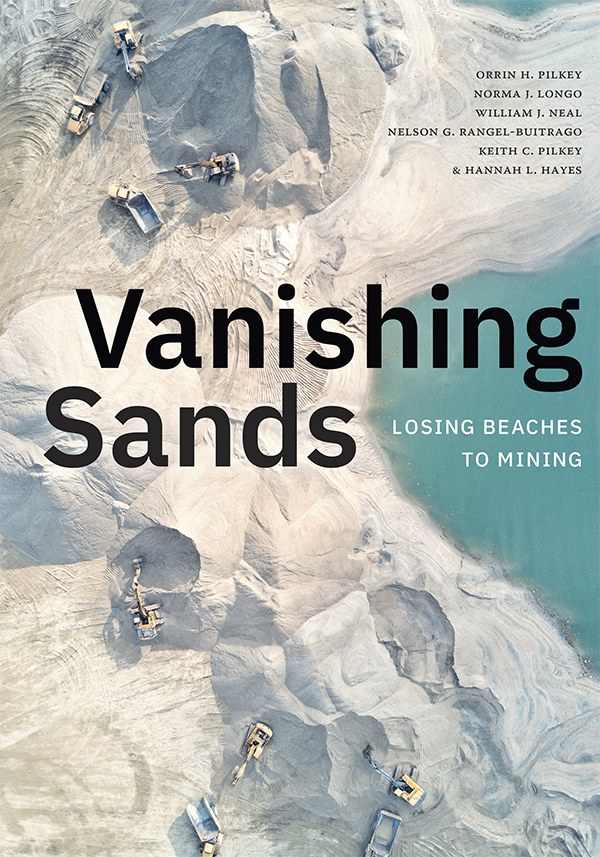
A new book from Duke University Press, “Vanishing Sands: Losing Beaches to Mining,” casts light on the shadowy world of sand mining through case studies that illuminate its disastrous impacts and a concluding chapter that proposes common-sense solutions.
Because of the tradition of viewing beaches as public land, people have historically thought of beach sand as a free and limitless resource, Pilkey and his co-authors explain in their preface to “Vanishing Sands…”
Why beach sand mining is so dangerous – Times of India
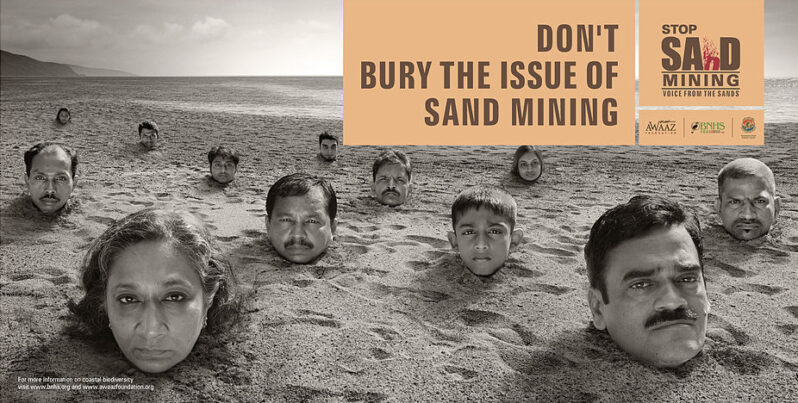
Beach sand mining has been illegal since 1991 when the Coastal Regulation Zone Rules were first notified thirty years ago. Although illegal mining on beaches has continued nevertheless, the scale has been comparatively lesser than in rivers, where it has devasted entire swathes of land and water. Major Indian rivers like the Ganga, Yamuna, Godavari and Kaveri face existential threat…
Illegal sand mining eroding Morocco’s coastline and tourism
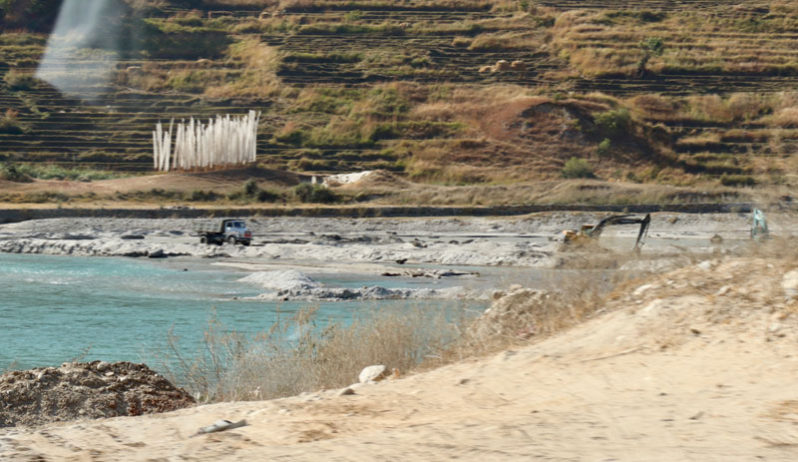
Tourism is essential to Morocco’s economy, and its beautiful beaches are a vital part of the attraction for visitors. In an ironic Catch-22 situation, however, meeting the demands of this industry is indirectly destroying the very coastline that tourists are coming to enjoy.
Sand: Monitoring and Management for a Sustainable Future
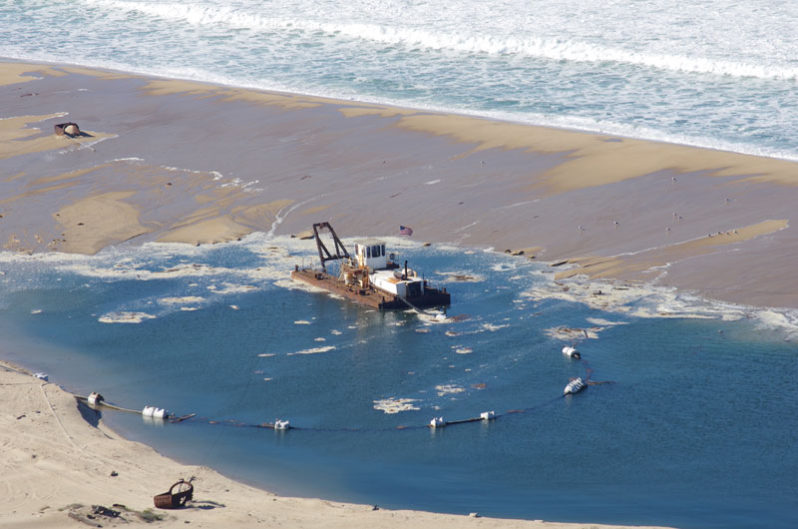
In partnership with the Global Sand Observatory Initiative, this event outlines the sand challenge, what actions are currently underway to address it, and what else needs to be done.
A sand shortage? The world is running out of a crucial — but under-appreciated — commodity
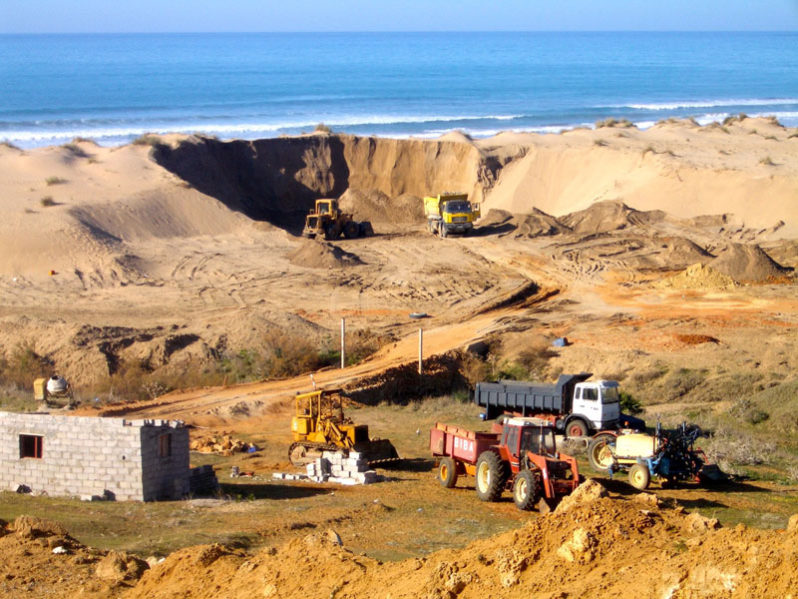
An insatiable global appetite for sand, one of the world’s most important but least appreciated commodities, is unlikely to let up anytime soon. The problem, however, is that this resource is slipping away.
Tracing the source of illicit sand–can it be done?
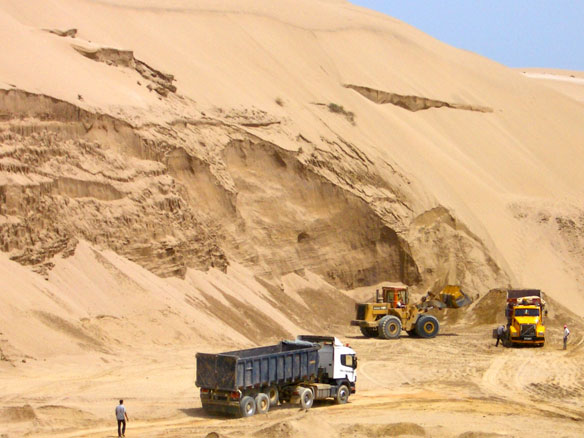
If you’ve visited the beach recently, you might think sand is ubiquitous. But in construction uses, the perfect sand and gravel is not always an easy resource to come by.
Philippines: Artificial white sandy beach could spell eco disaster
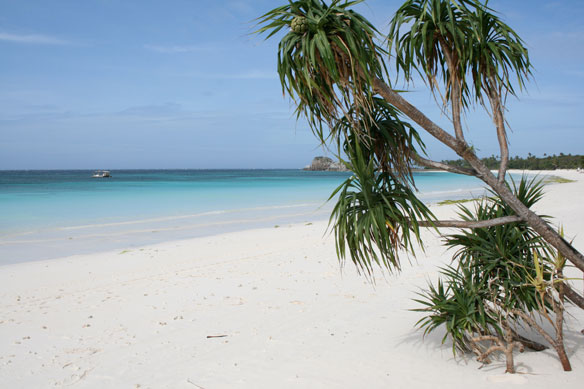
An artificial beach strip in Manila Bay has environmentalists up in arms. Scientists warn its dolomite sand could harm people’s health and marine wildlife.
